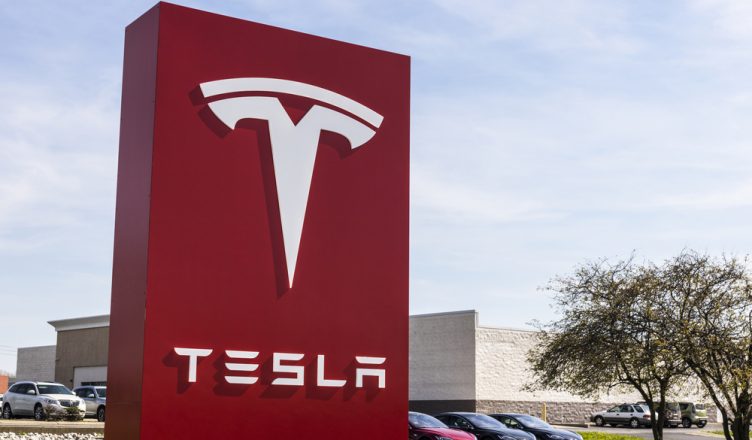Remember 2006? Back then, if you had to wait for the bus or stand in line somewhere, it was pretty boring. There was nothing to do.
But then smartphones came along, and now there’s no reason to spend a single moment bored. To access the internet, all you need to do is reach into your pocket. This technological development changed the world.
Autonomous vehicles look to be the next world-changing technological development, and every day they get a little bit closer to becoming something you can actually purchase at a dealership.
Late last year, Tesla started testing self-driving cars on public roads in California.
Four self-driving Teslas logged a total of 550 miles in October and November 2016. There were no accidents, but Tesla reports there were 182 “disengagements”, which are instances when a tester had to switch over to manual control in order to avoid an accident or address a technical issue. That’s one disengagement for every three miles driven.
California law requires car companies that test autonomous vehicles to publish their disengagement figures. In March and April 2016, BMW autonomous vehicles drove 638 miles and only had to deal with one disengagement. Pretty good! Mercedes-Benz fared much worse, as they reported a total of 336 disengagements in 673 miles driven.
It’s important to note, though, that not all miles driven are equal. These experimental autonomous vehicles handle open highways better than busy city streets. BMW did all of its tests on U.S. Highway 101, while Mercedes-Benz only tested in the tougher setting of an urban environment.
Tesla CEO Elon Musk has promised that his company will be able to send an autonomous vehicle on a road trip from Los Angeles to New York City by the end of 2017. If he’s able to pull that off, it may only be a matter of years until self-driving cars replace standard cars as the most popular mode of transportation. The future is almost here.
Want To See For Yourself How Route4Me Can Boost Your Profits?




